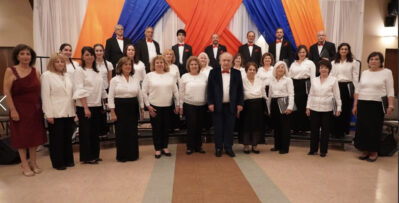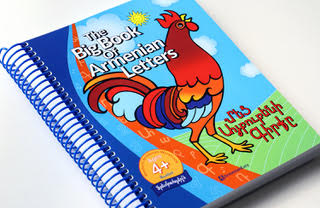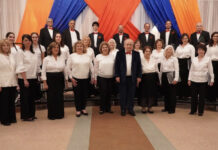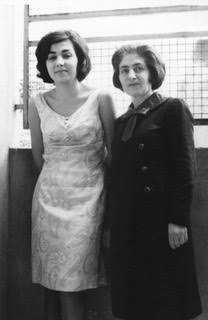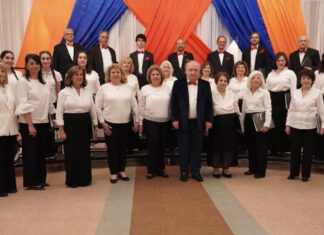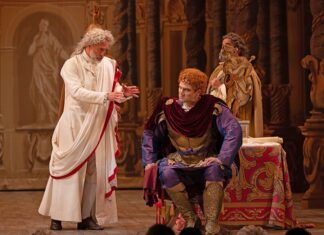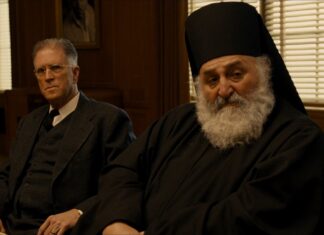DETROIT — Hourig Toukhanian Jacobs was one of those people who seem to single-handedly keep the Armenian culture alive.
For some 50 years she was active in the Metro Detroit area as an Armenian language teacher with Armenian Relief Society-affiliated schools. She was translator, a cataloguer at the Armenian Research Center at University of Michigan — Dearborn, and an expert on Armenian history and culture who was often asked to speak at community affairs, meetings of the still-active Van-Vasbouragan society, and elsewhere. She was an active member of the Armenian Congregational Church of Greater Detroit where she headed up the Sunday School, served on the board of deacons, and spoke at parish events and women’s gatherings.
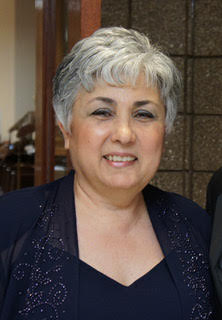
When Toukhanian Jacobs passed away in 2017, it was an immense loss not only to her family but to all Armenians in Metro Detroit. Yet from that loss, two of her daughters were propelled — by necessity if nothing else — to innovate in the field of Armenian-language education.
Filling a Need
Jennifer (Jacobs) Mullen, a former high school math teacher, and daughter of Toukhanian Jacobs, had a problem. Having decided to home-school her children, she knew they wouldn’t have the benefit of the Armenian-language environment of Southfield’s AGBU Manoogian School, and the Detroit-area extracurricular Armenian schools were held far from where she lived. But having been taught fluent Armenian by her mother, Mullen said to herself “I can do it at home.”
Yet, Mullen had planned all along to rely on her mother to bolster her kids’ Armenian education. Toukhanian Jacobs, unsatisfied with the existing materials, had almost always created her own curriculum and was an expert educator. But with her mother gone and unable to devise handmade lessons, Mullen had to begin her own search for printed materials.
